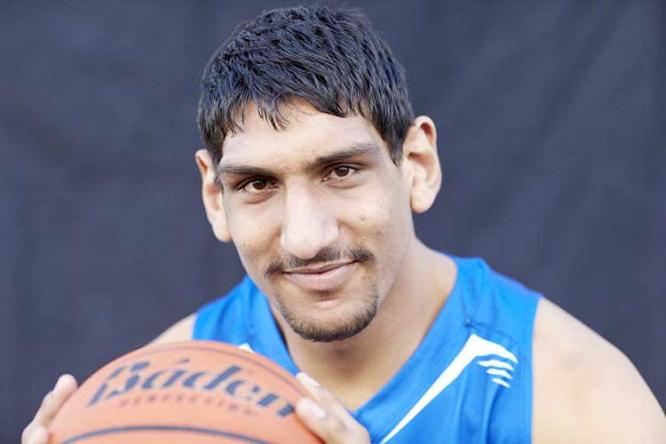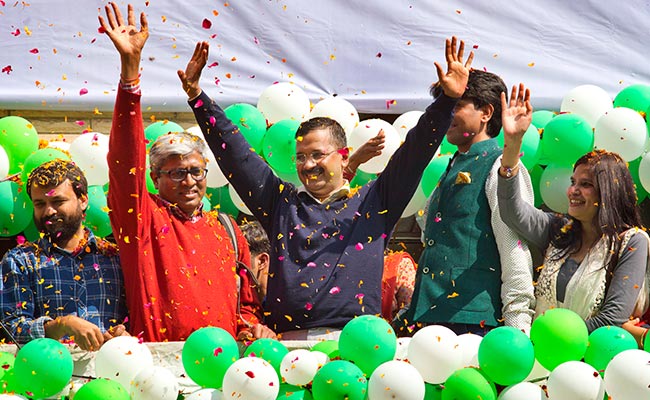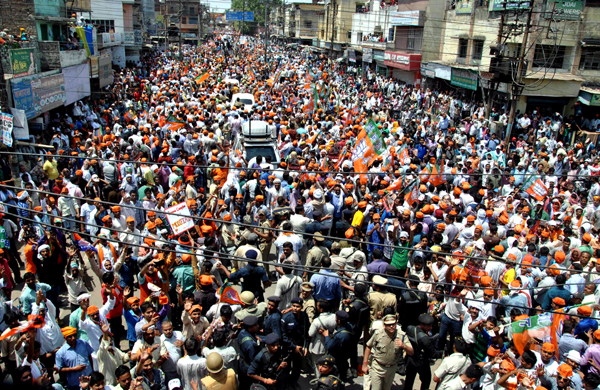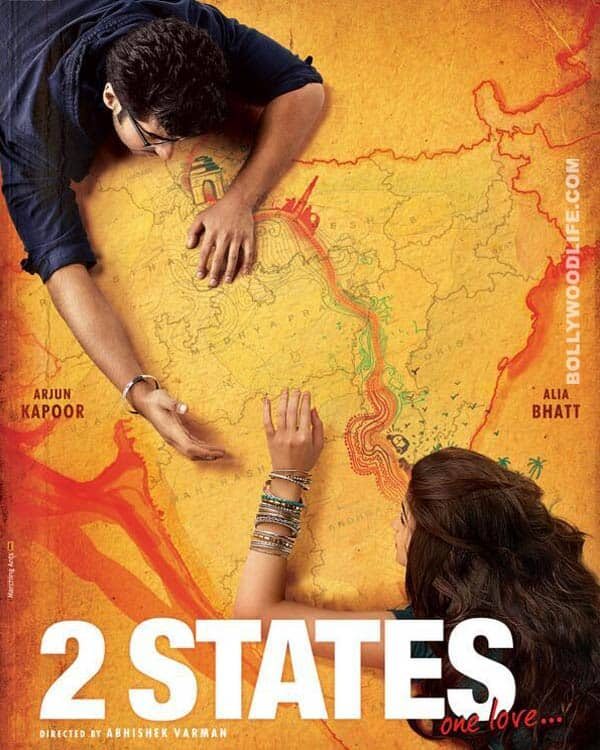 |
| Over the Arabian Sea |
There is more to the term 'overseas Indian’ than meets the eye. One can be an overseas Indian without being an Indian national, which is exactly how the citizens of the developed world (of Indian descent) qualify for the Overseas Citizenship of India (OCI), the next best thing to a dual nationality. Not that they necessarily need it. Overseas Indians have travelled the world and back; some have firmly planted the tricolour on foreign soils; others - in their hearts. Those who have the option to migrate and a compelling reason to do so - relocate permanently, with kin and kith waiting in line. Armed with new passports, they sign up for the '<Insert country name> dream'.
On the other side of the world, millions of Indian workers leave their houses in droves every decade, in search of greener pastures across the Arabian Sea. Some find comfort in the quintuple call to prayer, others in the newfound Subcontinental camaraderie they are exposed to. The labourers stand united; in that their next remittance back home becomes their raison d'être.
Though the Middle East provides ample room for every overseas worker to make his fair share of wealth, it is often at the cost of said worker's self-esteem, and in certain cases - human rights. Unlike their compatriots living 'the dream', overseas Indians in the Middle East are not treated at par with the locals; despite their loyalty, years (often decades) of service, stake in national development (of their host country) and permanent residency cards. Since Indians cannot legally be dual nationals, they can only solicit the help of their Embassies when in distress, unlike the latter, who often use the might of their powerful second passport to wriggle out of situations, without the need for diplomatic intervention. Even when Embassies need to get involved, often the first course of action is to safely escort the concerned national out of the host country before any settlement takes place. The Indian worker does not even dream or expect such royal treatment. It is reserved for passports with 'eagles', 'kangaroos', but not those adorned by four bold Asiatic lions.
There are many predicaments for the overseas Indian worker that haven't been addressed by governments old or new. First, the bedraggled Indian Foreign Service, that is entrusted with safeguarding the interests of Indians abroad, does not have the necessary numbers to provide effective assistance to Indians in distress. One diplomat serves approximately 33,000 overseas Indians, whose global population is in excess of 28 million - a quarter of whom reside in the Middle East. Despite being the prime expatriate group in the region in terms of numbers, Indians find themselves at the lowest tier of social hierarchy, below the Arabs and Westerners, but slightly better off than our South Asian cousins. This unofficial apartheid not only has an adverse effect on their social psyche but also leads to a continuation of the status quo of exploitation: the workers, pliant as they are, continue to persevere, almost naturally; the centuries of colonial servitude firmly entrenched in their DNA, comes in handy.
Second, despite the constitution of a dedicated Ministry of Overseas Indian Affairs (MOIA) in 2004, little has been done to redress the grievances of Indian workers, with the exception of the mandatory immigration and financial services. During my recent two-year stay in Saudi Arabia, I haven't seen a more able and devoted diplomatic outpost than the Philippines Embassy and its consulates across the Kingdom. That the Philippines Government places a great deal of stress on the wellbeing of its 2.3 million-strong Overseas Filipino Workers (OFWs) is reflected in the employment, advocacy, relocation and community assistance provided to them from the moment they land until their final exit. The list of benefits too is huge - medical/healthcare benefits, social and family welfare benefits, & migration and rehabilitation benefits among others. Most importantly, OFWs are entitled to education and training benefits; including a pre-departure training program (comprehensive or country-specific) and scholarship programs for unskilled & semi-skilled workers, and their dependents. The emphasis on education is to prevent any form of de-skilling the worker might face on return to the Philippines. De-skilling is a major predicament faced particularly by the unskilled and semi-skilled overseas Indian workers, who are often employed in mechanical or repetitive jobs with little or no upgradation. It also deters them returning to India to seek employment since the skills they acquire are often deemed redundant, or mainly because the jobs available offer scant remuneration. The mandate of the MOIA must be strengthened to focus on skill development, education and social safety programs.
Finally, the overseas Indian not only needs to be assuaged but must also feel empowered. In 2014, Indian workers in the Gulf Cooperative Council (GCC) nations (Saudi Arabia, Bahrain, UAE, Kuwait, Qatar and Oman) remitted over $30 billion to India, nearly 50% of total remittances by overseas Indians across the world. If it weren't for their impoverished families in India, many (not most) would happily and permanently settle in their adopted lands. Some already have, and in such cases, their last and only return flight takes them home - in a coffin.
It has taken 70 years of independence for the Indian Government to find a way to extend the right of democratic franchise to its most marginalised (and yet successful) constituency - the non-resident Indian. Despite early signs this year of a breakthrough electoral reform that would allow NRIs to vote from abroad through e-ballots, the necessary amendments to the Representation of the People’s Act (RPA) 1951 haven’t been made in time Had such a delay been avoided, the ongoing Bihar poll would have been monumental; not only for its political game of thrones, but also for its electoral implications.
One can only hope that the RPA 1951 is amended in time for the next election. Voting rights for NRIs could bring about a paradigm shift in Indian politics since no political party would want to distance itself or appear to be alienating/ignoring the near 30 million Indian citizens domiciled abroad. Also, since NRIs would begin to actively and directly participate in Indian politics, one can finally expect to witness issues concerning their employment in foreign lands take centre stage, placing greater pressure on the Government in power to do more for its non-resident citizens. But Indian politics is unpredictable, and therefore, it is premature to pop the champagne.
India has a major stake in the Gulf, not only due to the billions of dollars worth of remittances that flow inward, but also owing to skewed geopolitical equations with different countries in the region. Though Prime Minister Modi's State visit to the United Arab Emirates was a welcome move, we need more than just economic investments from the Arab world - we require an investment of faith from our overseas Indians. The Government must buttress its diplomatic strength in the Middle East, increase the mandate of the MOIA, introduce skill development and educational programs for Indian workers abroad and progressively include the non-resident Indian in the national political sphere.
Until then, our overseas Indian debt remains.


































